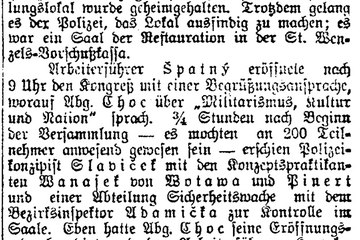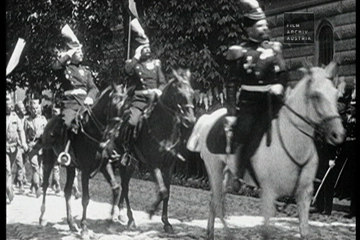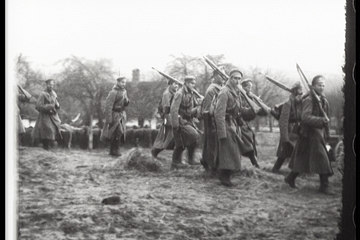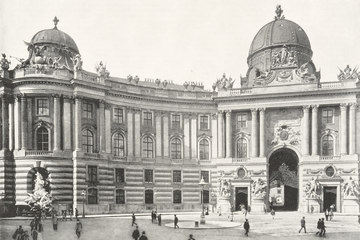National politics in the multi-ethnic empire
At the start of the nation-building era, the Habsburg empire was a breeding ground for the development of national concepts for the peoples of Central Europe. Later, the state framework of the Dual Monarchy was seen increasingly as an obstacle to full national development.
At the constitutional level, all nationalities had equal rights. In reality this was interpreted in different ways: the Austrian half of the empire saw itself as a multi-ethnic state, while the Hungarian half sought to become a Magyar nation state. The central authorities sought to promote the unifying state, while representatives of the ethnic groups demanded more federalism.
The representatives of the one-state idea attempted to curb the burgeoning centrifugal and separatist tendencies. The evocation of supranational patriotism – embodied primarily by bracketing the dynasty with symbols of imperialism such as the double eagle – was a poor antidote to the national furore. Domestic and foreign policies were the oppressive driving forces behind the nationality question.











